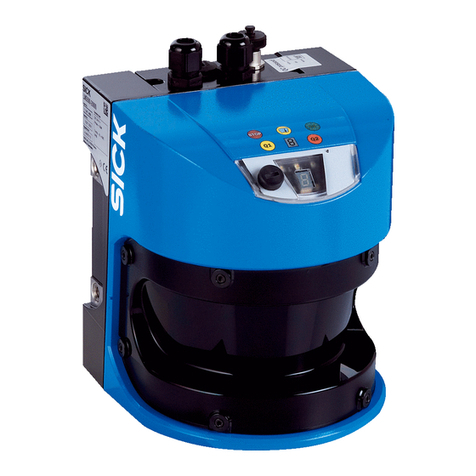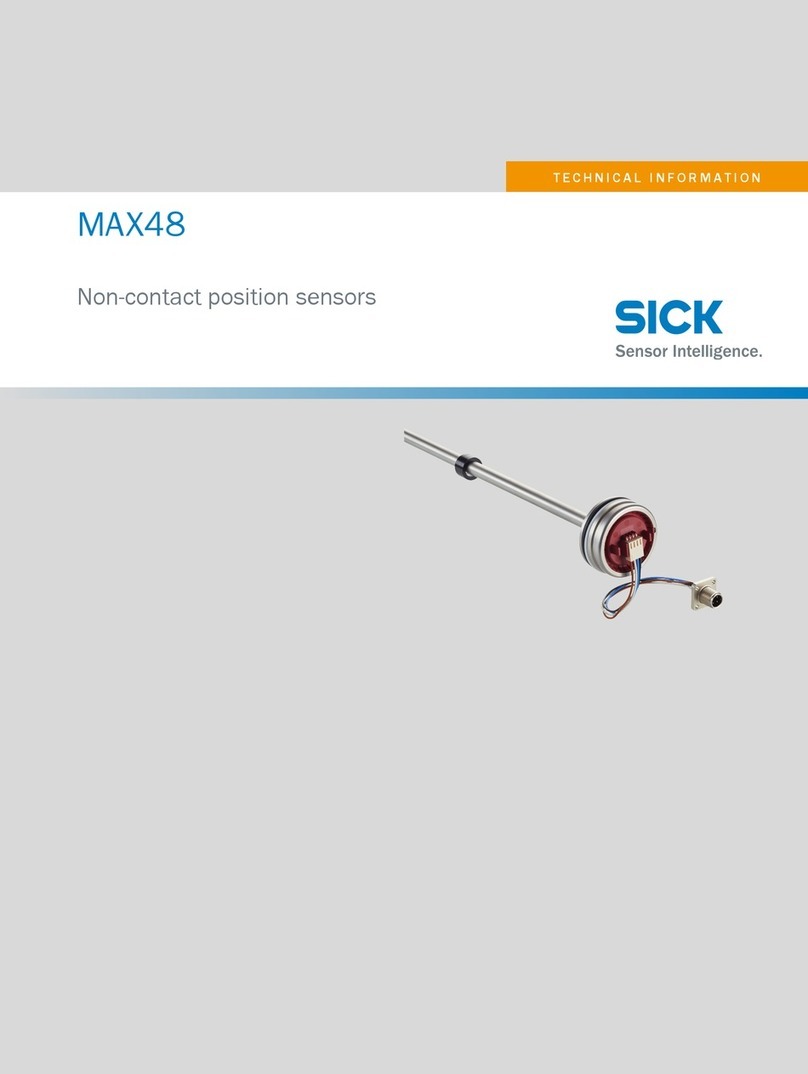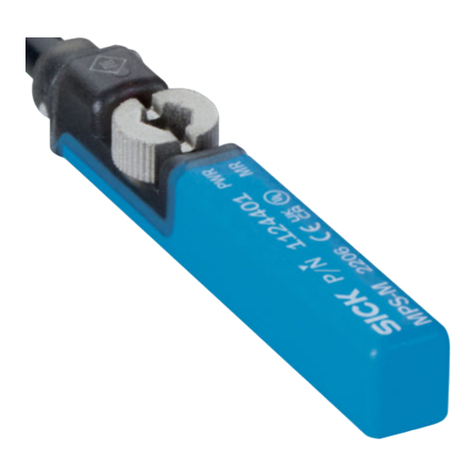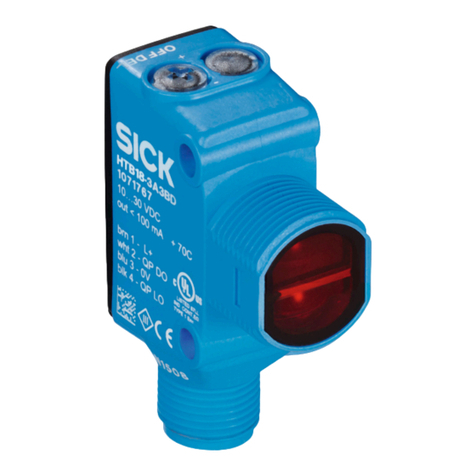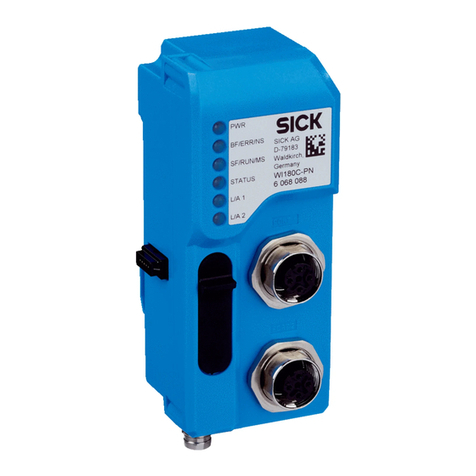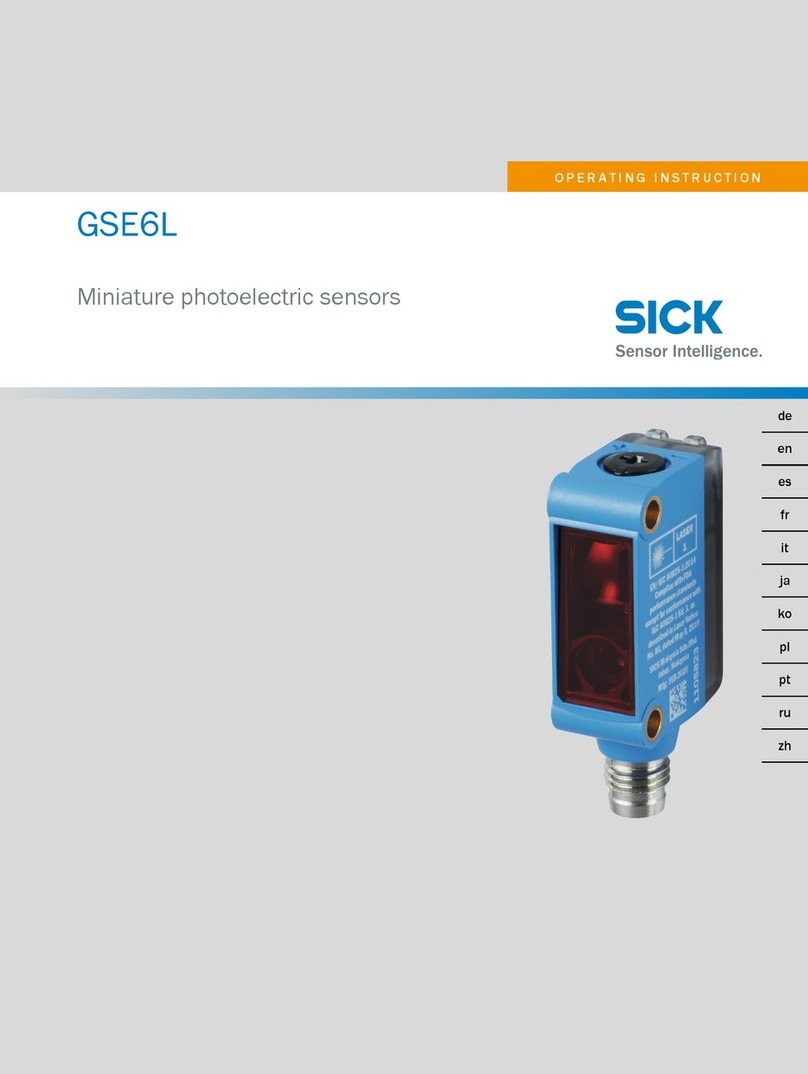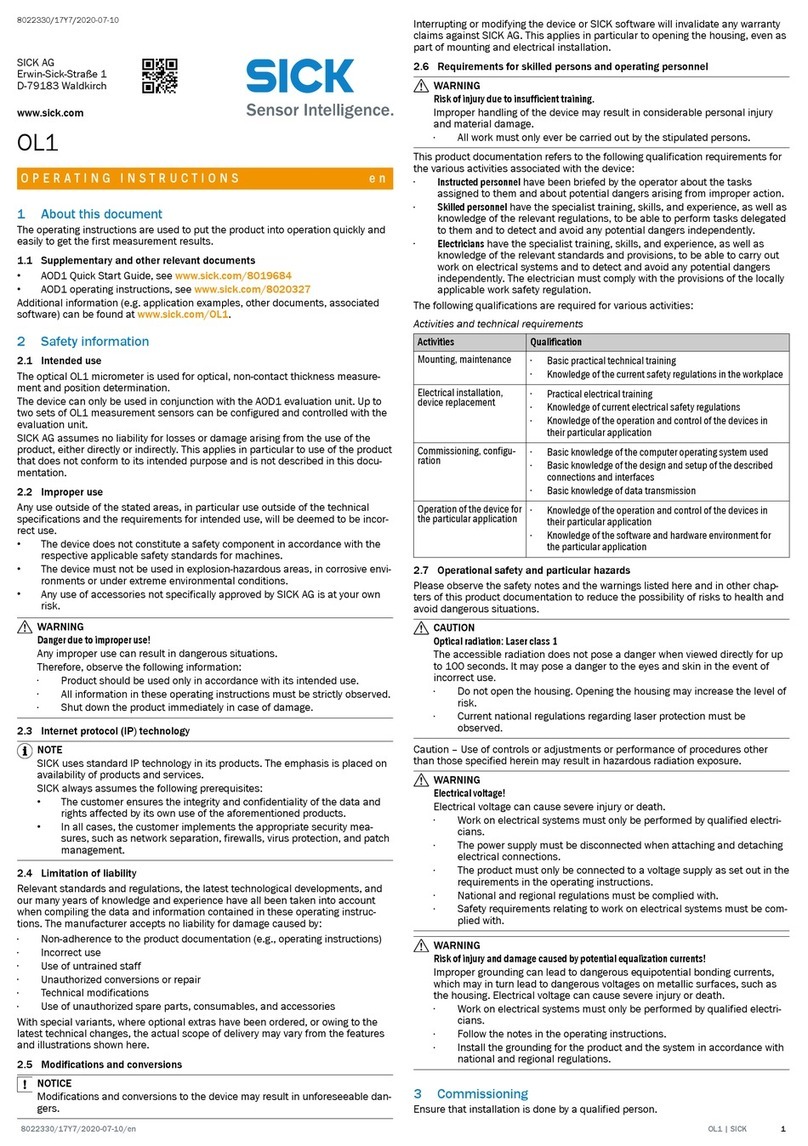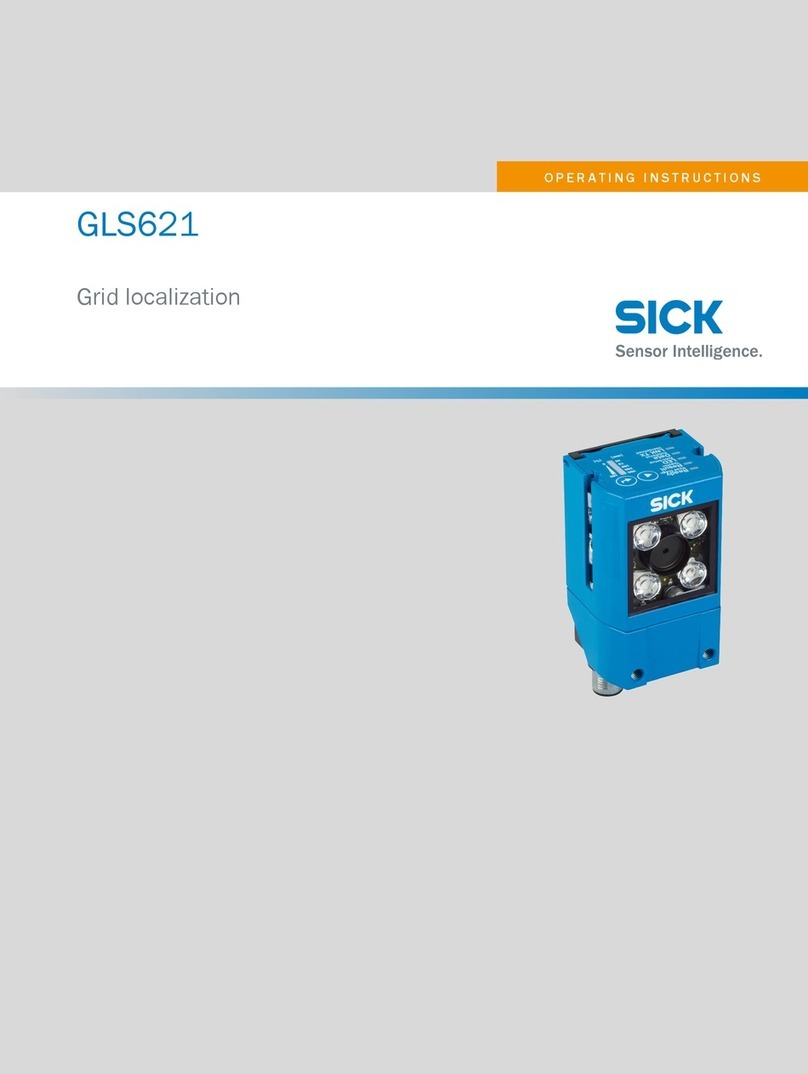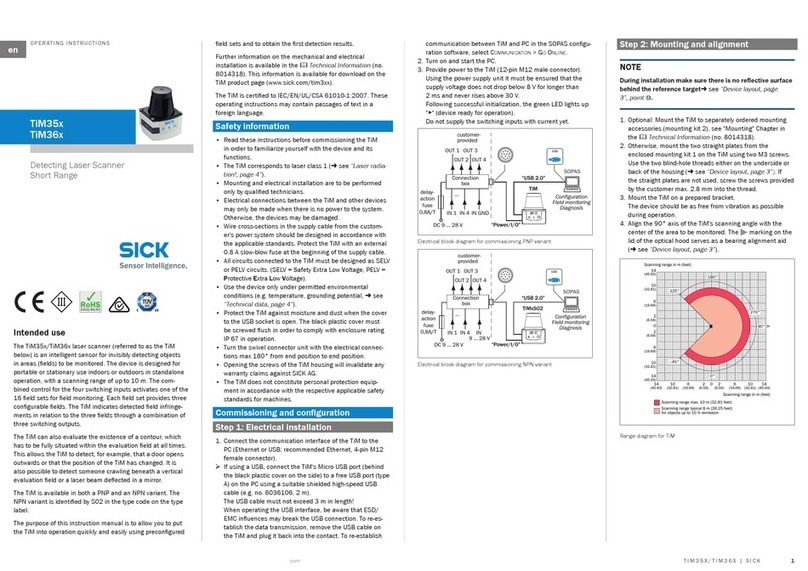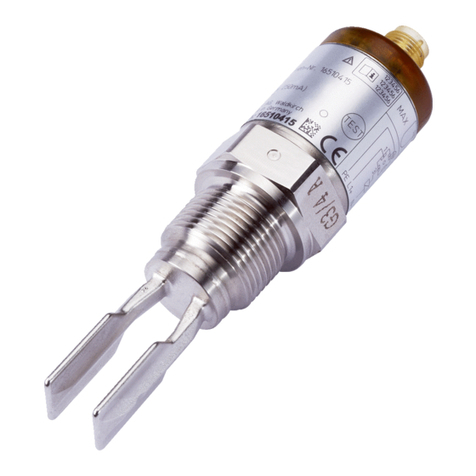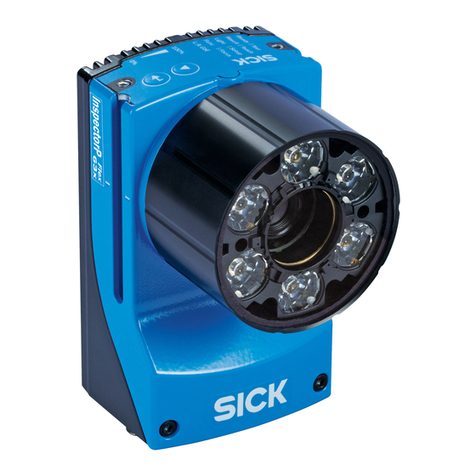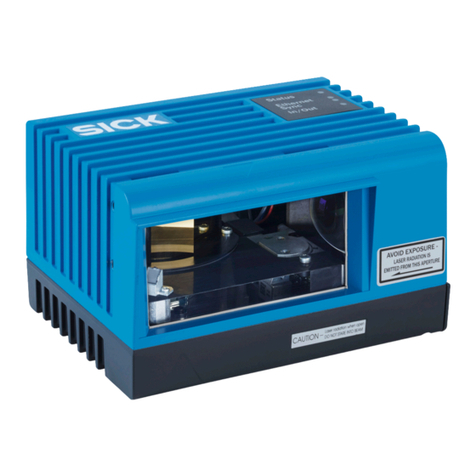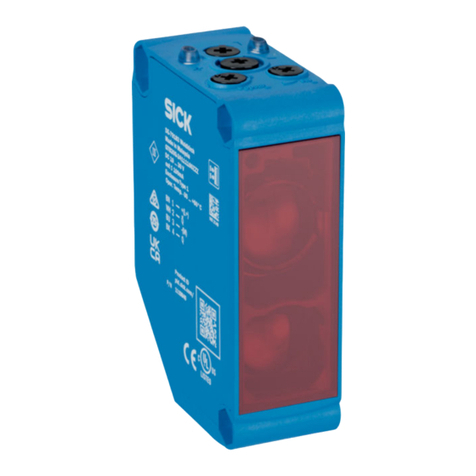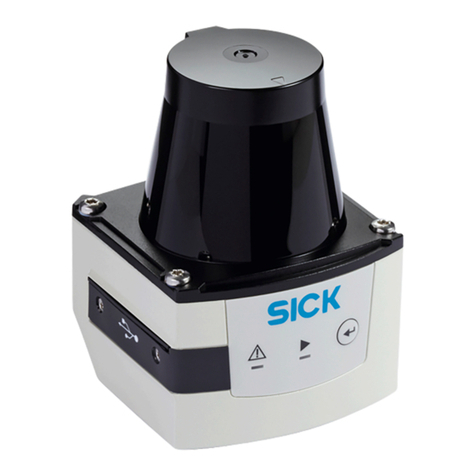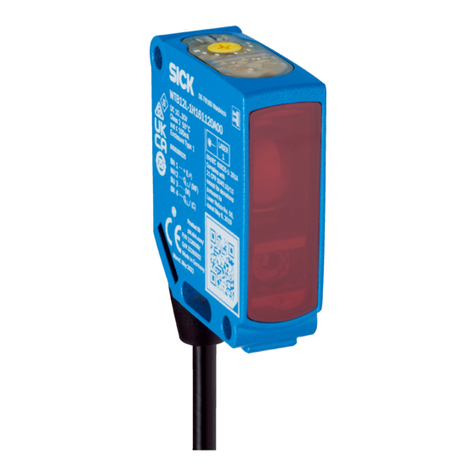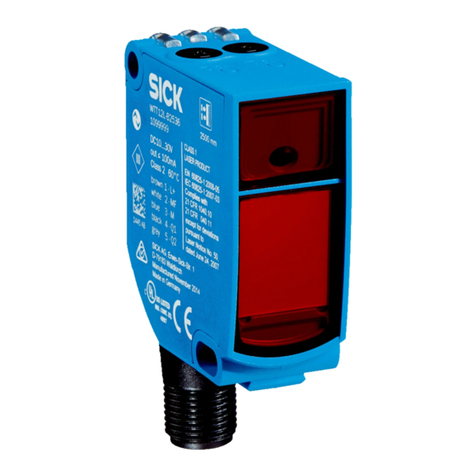
8012471/UT27/2012-02-14 © SICK AG · Germany · All rights reserved · Subject to change without notice 3
Operating Instructions
LMS100 Product Family
Contents
Table of contents
1 About this document .......................................................................................................9
1.1 Function of this document .......................................................................................... 9
1.2 Target group ................................................................................................................ 9
1.3 Depth of information ................................................................................................. 10
1.4 Symbology used ........................................................................................................11
2 For your safety .............................................................................................................. 12
2.1 Authorized personnel ................................................................................................ 12
2.2 Correct use ................................................................................................................12
2.3 General safety notes and protective measures ...................................................... 13
2.4 Quick stop and Quick restart ....................................................................................15
2.5 Environmental protection .........................................................................................16
3 Product description ...................................................................................................... 17
3.1 Delivery ......................................................................................................................17
3.2 Device variants ..........................................................................................................17
3.3 Special features of the LMS ..................................................................................... 19
3.4 Controls and status indicators .................................................................................20
3.5 Operating principle of the LMS ................................................................................. 22
3.6 Applications ...............................................................................................................31
3.7 Measurement of objects ........................................................................................... 31
3.8 Field application ........................................................................................................38
3.9 Inputs and outputs ....................................................................................................43
3.10 Data interfaces ..........................................................................................................44
3.11 Data communication using telegrams .....................................................................47
3.12 Planning .....................................................................................................................48
4 Mounting ........................................................................................................................ 51
4.1 Overview of the mounting steps ............................................................................... 51
4.2 Preparations for mounting ........................................................................................ 51
4.3 Mounting steps ..........................................................................................................52
4.4 Dismantling the LMS ................................................................................................. 59
5 Electrical installation ................................................................................................... 60
5.1 Overview of the installation steps ............................................................................60
5.2 Connections of the LMS ............................................................................................ 60
5.3 Preparing the electrical installation .........................................................................63
5.4 Perform electrical installation on the LMS ..............................................................64
6 Commissioning and configuration ............................................................................. 72
6.1 Overview of the commissioning steps .....................................................................72
6.2 SOPAS ET configuration software ............................................................................72
6.3 Establish communication with the LMS ..................................................................74
6.4 Initial commissioning ................................................................................................ 76
6.5 Connection and test measurement .........................................................................78
7 Maintenance ................................................................................................................. 79
7.1 Maintenance during operation ................................................................................. 79
7.2 Exchanging an LMS ................................................................................................... 79
8 Troubleshooting ............................................................................................................ 80
8.1 In the event of faults or errors ..................................................................................80
8.2 Error displays of the LEDs ........................................................................................80
8.3 Indications of the 7-segment display .......................................................................81
8.4 Detailed error analysis ..............................................................................................81


